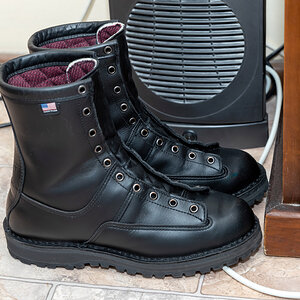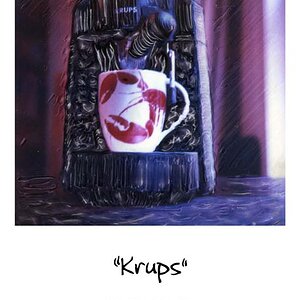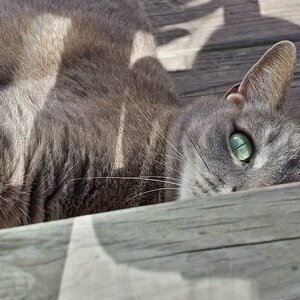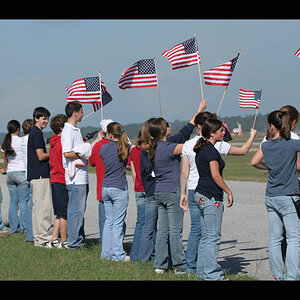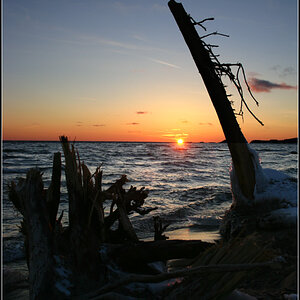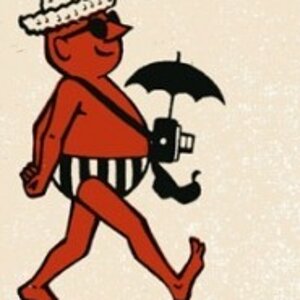Birk
TPF Noob!
- Joined
- Dec 7, 2012
- Messages
- 5
- Reaction score
- 0
- Location
- Lethbridge, AB
- Can others edit my Photos
- Photos OK to edit
I'm sure you guys get a lot of this particular post. Sorry if its annoying.
I'm new to digital SLR photography and am upgrading from my Iphone, I've had a few point and shoot cameras in the past but I'm ready to move on.
I Live in Lethbridge, Alberta which is pretty flat prairie but also not far from the Canadian Rockies. I have a lot of land and a herd of 23 horses currently which I'd love to be able to better photograph. I spend many weekends in summer and a few in winter riding horses in the mountains. With that I've seen some pretty amazing sights that would be nice to capture.
With that said I'm extremely confused as to which camera to get.
I was always a fan of the Canon T3i and Im not sure why but it's older now so I was looking at the T4i. I was pretty sure this is what I was going to get but I'm being told to avoid the Rebel line.
I have people telling me to go Nikon, I have people telling me to get the Canon 5D Mark II which is out of my price range and probably too advanced for someone who knows hardly anything about DLSR settings.
I've been told to check out the 60D and the 7D, I do really like the idea of the adjustable LCD screen on the T4i and the 60D.
So Really I dont know and could use some advice!
Canon T4i
Canon 60D
Canon 7D
Nikon D7000
Nikon D90
I'm new to digital SLR photography and am upgrading from my Iphone, I've had a few point and shoot cameras in the past but I'm ready to move on.
I Live in Lethbridge, Alberta which is pretty flat prairie but also not far from the Canadian Rockies. I have a lot of land and a herd of 23 horses currently which I'd love to be able to better photograph. I spend many weekends in summer and a few in winter riding horses in the mountains. With that I've seen some pretty amazing sights that would be nice to capture.
With that said I'm extremely confused as to which camera to get.
I was always a fan of the Canon T3i and Im not sure why but it's older now so I was looking at the T4i. I was pretty sure this is what I was going to get but I'm being told to avoid the Rebel line.
I have people telling me to go Nikon, I have people telling me to get the Canon 5D Mark II which is out of my price range and probably too advanced for someone who knows hardly anything about DLSR settings.
I've been told to check out the 60D and the 7D, I do really like the idea of the adjustable LCD screen on the T4i and the 60D.
So Really I dont know and could use some advice!
Canon T4i
Canon 60D
Canon 7D
Nikon D7000
Nikon D90
Last edited:


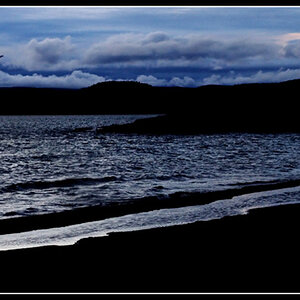
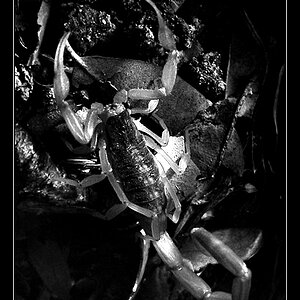
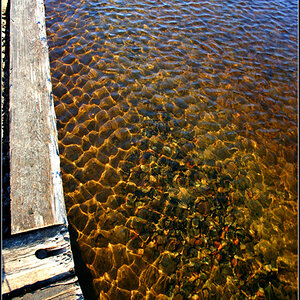
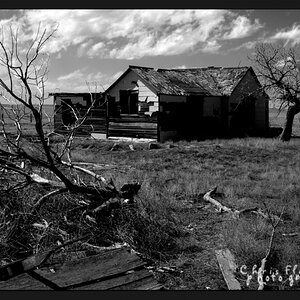
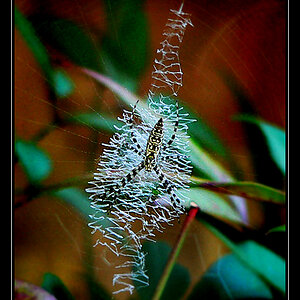
![[No title]](/data/xfmg/thumbnail/37/37604-7ad625e983f92f880eb65a264eeef5e4.jpg?1619738148)
